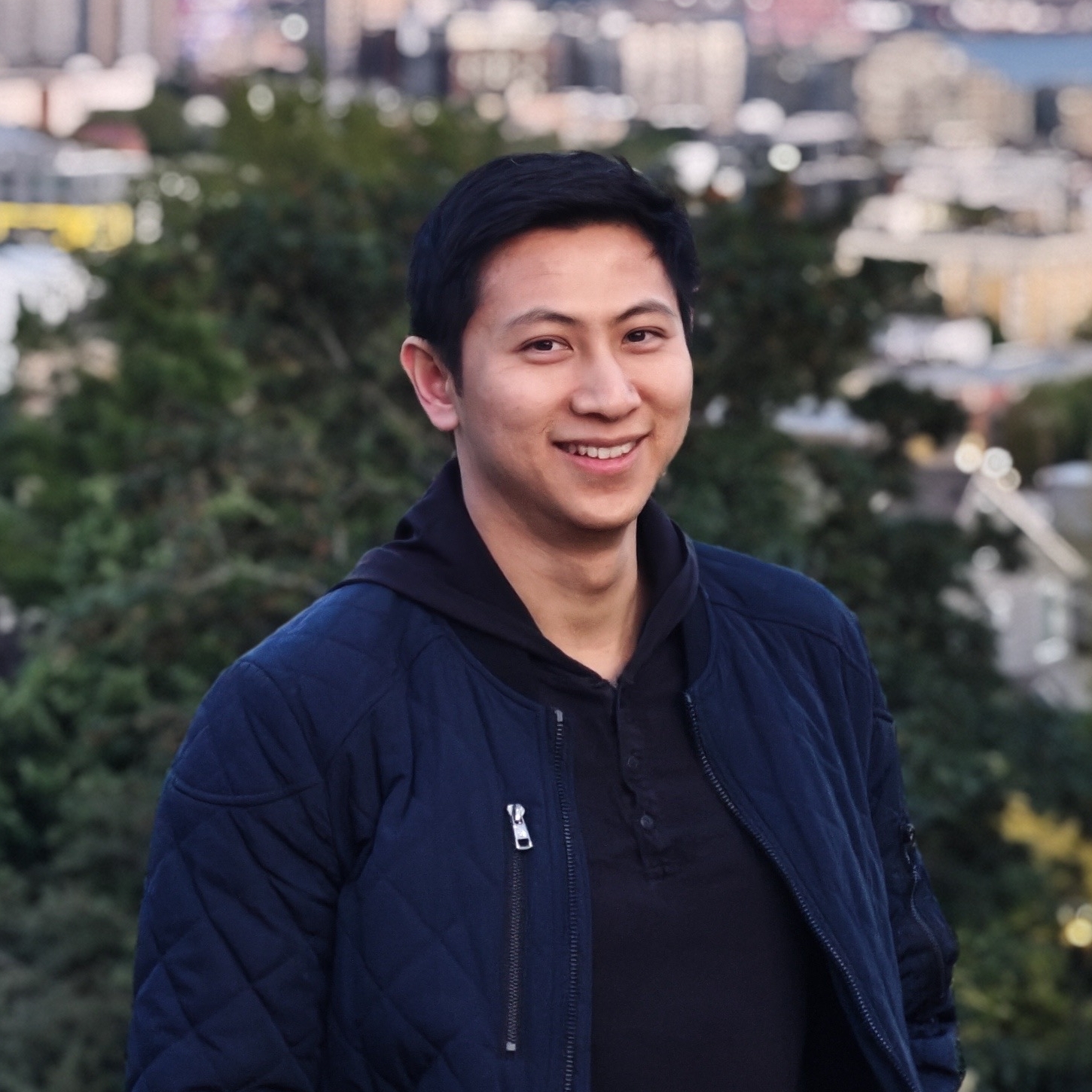Releasing the Physical AI Smart Spaces Dataset for AI City Challenge 2024 & 2025
Published:
Excited to announce the release of the Physical AI Smart Spaces dataset—developed as part of NVIDIA’s Open Physical AI Dataset initiative and featured at NVIDIA GTC 2025. This large-scale multi-camera 3D perception dataset supports AI City Challenge Tracks for 2024 and 2025, advancing research in multi-target multi-camera tracking, 4D occupancy, and digital twin applications.
